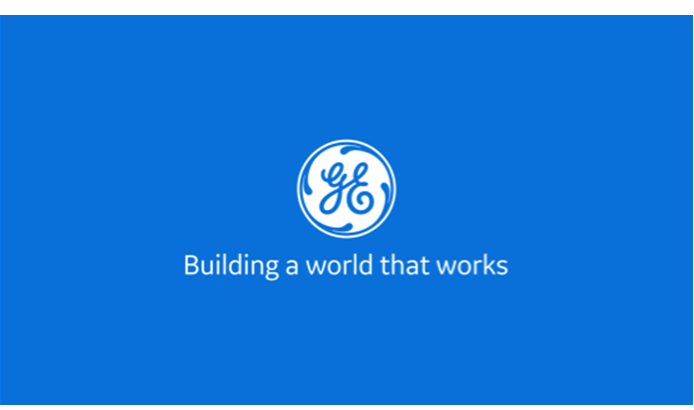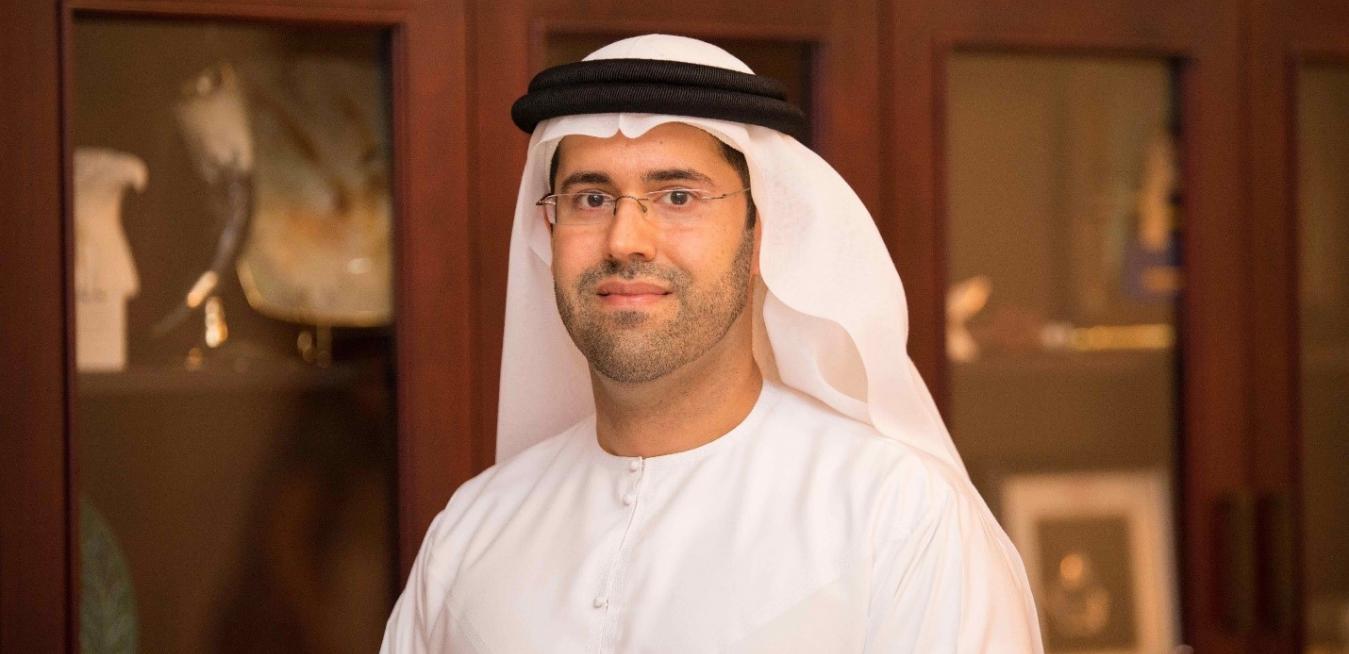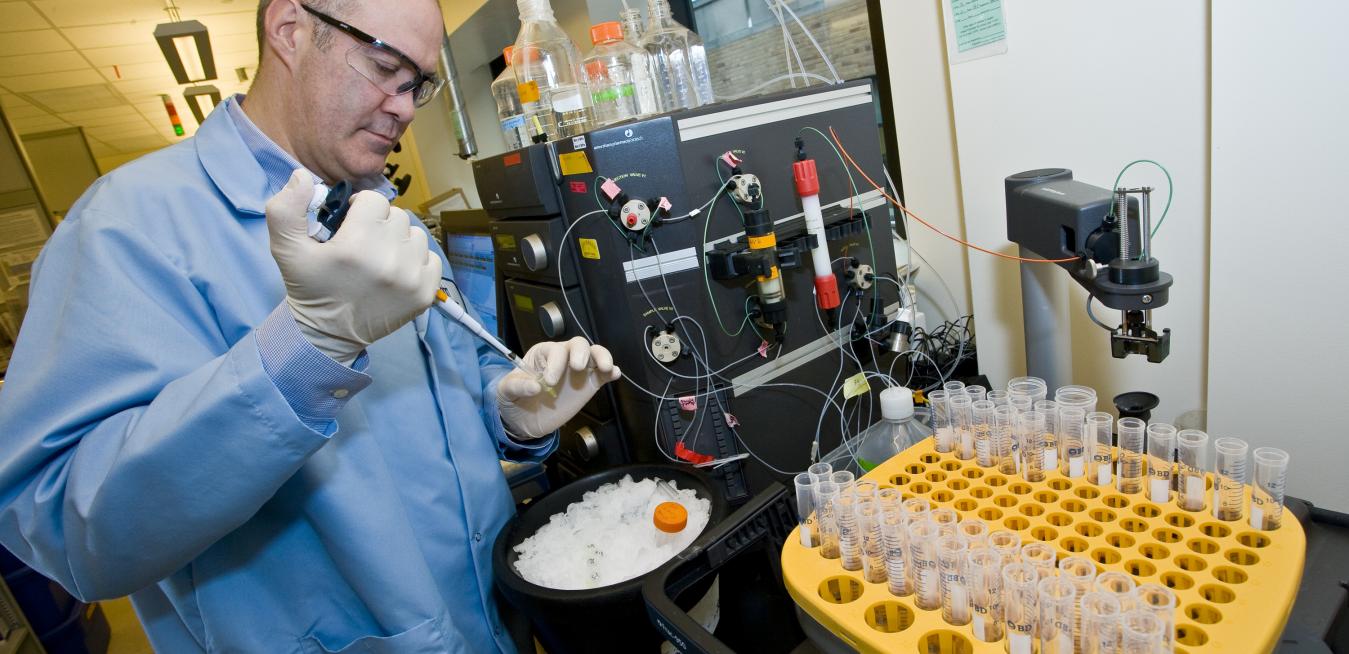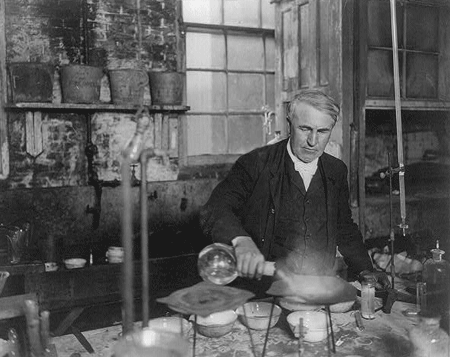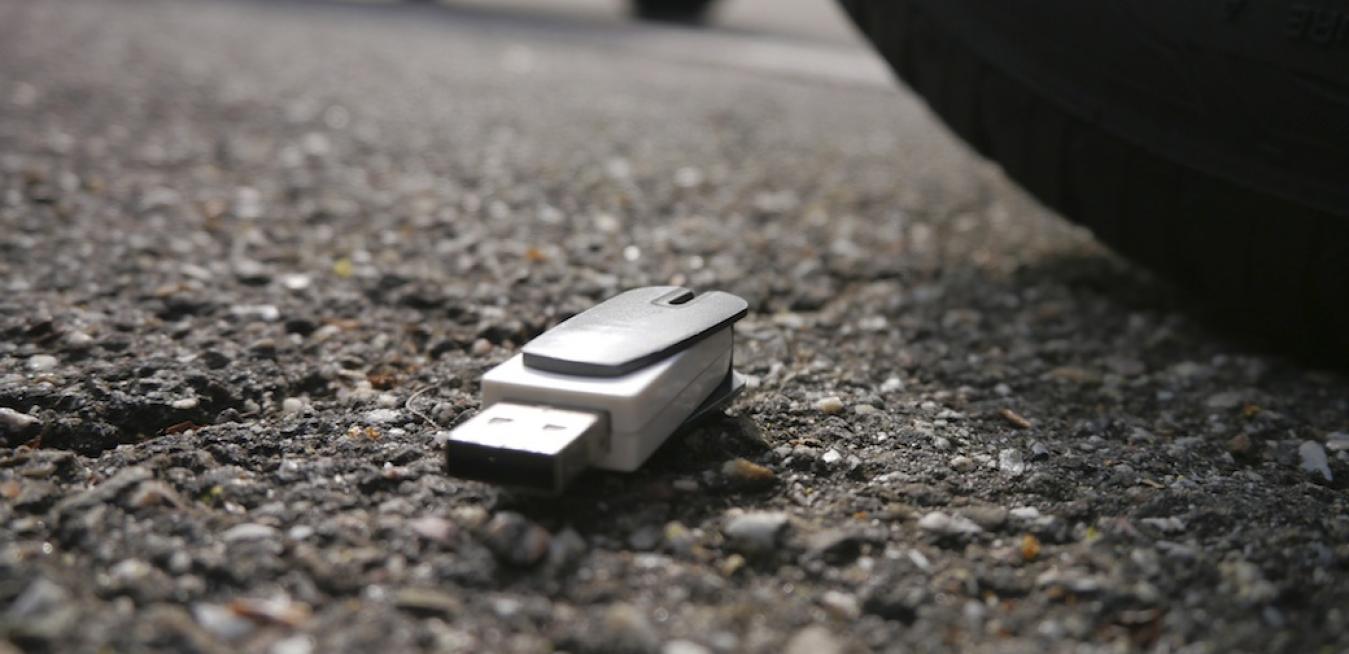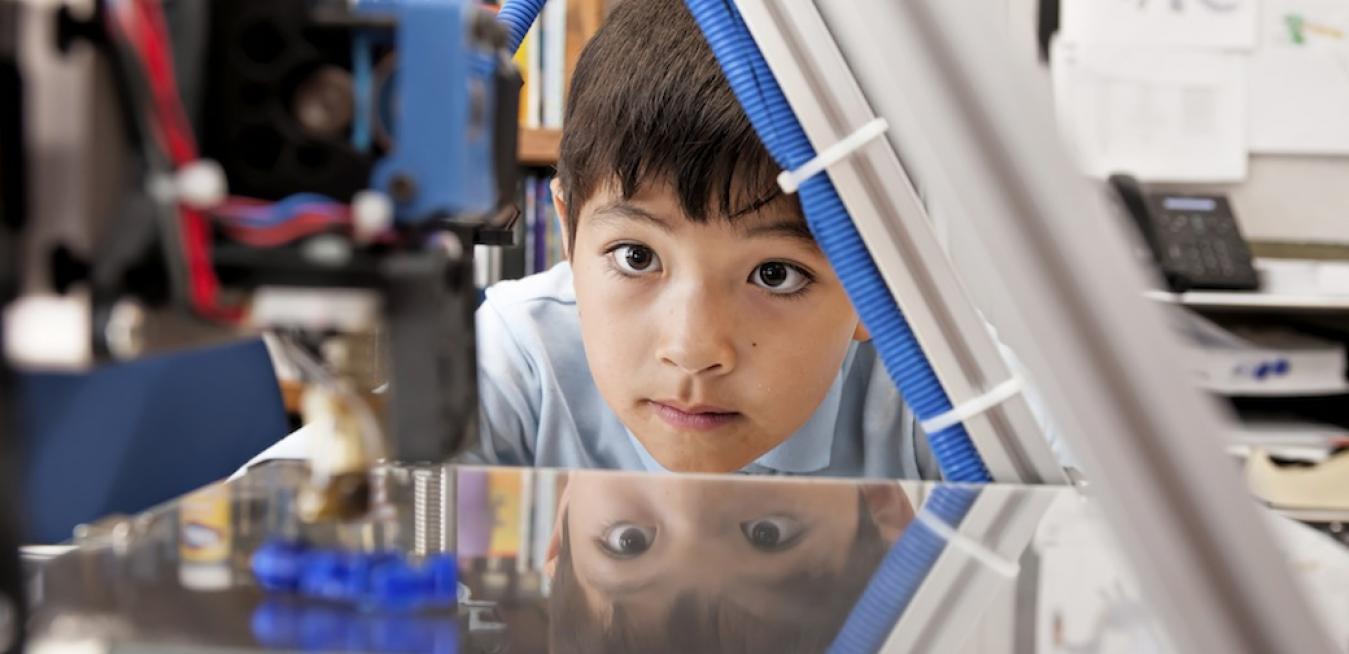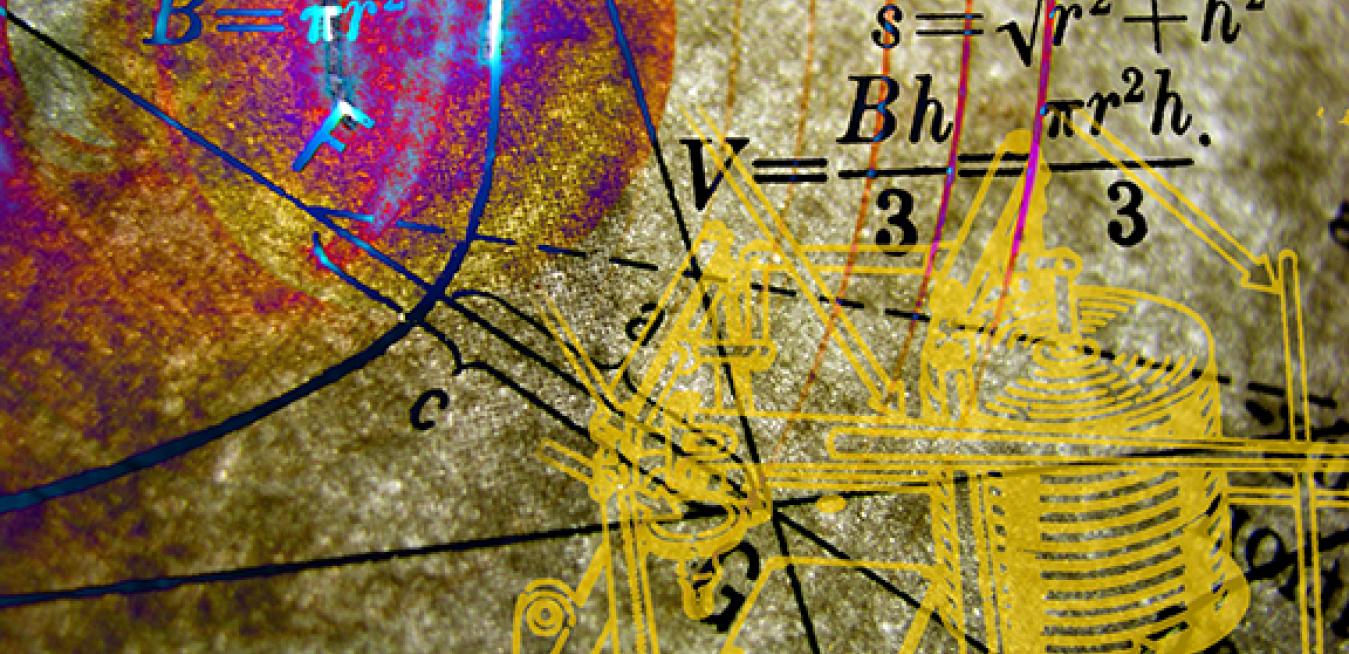When Chris Day was in sixth grade, he didn’t feel like one of the cool kids. That is, until the day he broke his battery-powered toy truck and brought it to his dad, James. Instead of buying a new one — Chris knew there was little chance of that — James took a screwdriver to the chassis and pulled out the motor. Then he showed Chris how to wire it to a propeller from a balsa wood airplane. They hooked up a 9-volt battery and voilà: a homemade electric fan. “I brought the fan to school and the kids went crazy,” Chris remembers.
Most of us don’t stress too much about tiny vibrations felt in our car, washing machine or fan, or miniscule leaks in a showerhead or faucet. But for mechanical engineers like GE Gas Power’s Bouria Faqihi, Dr. Mohamad-Maher Aboujaib, Rajarshi Saha and Sindhu Penna, vibrations and leaks simply cannot be ignored.
In industrial settings such as power plants, they can be extremely costly, in terms of money, time and sometimes, safety. That’s why maintenance and service personnel lean on engineers such as those in this team to help fix these issues.
Samuel Hopkins’ improvement on “the making of pot ash and pearl ash” was not nearly as important as, say, Thomas Edison’s incandescent light bulb or Wilbur and Orville Wright’s “flying machine.” Instead Hopkins’ claim to fame is that his was the first patent issued in the United States, by President George Washington in 1790.
Intellectual property (IP) — that covered by patents, trademarks, copyrights and harder-to-protect trade secrets — is now worth as much as 75 percent of the total value of major companies. But while the importance of these assets has grown, many businesses lag in their efforts to protect IP.

